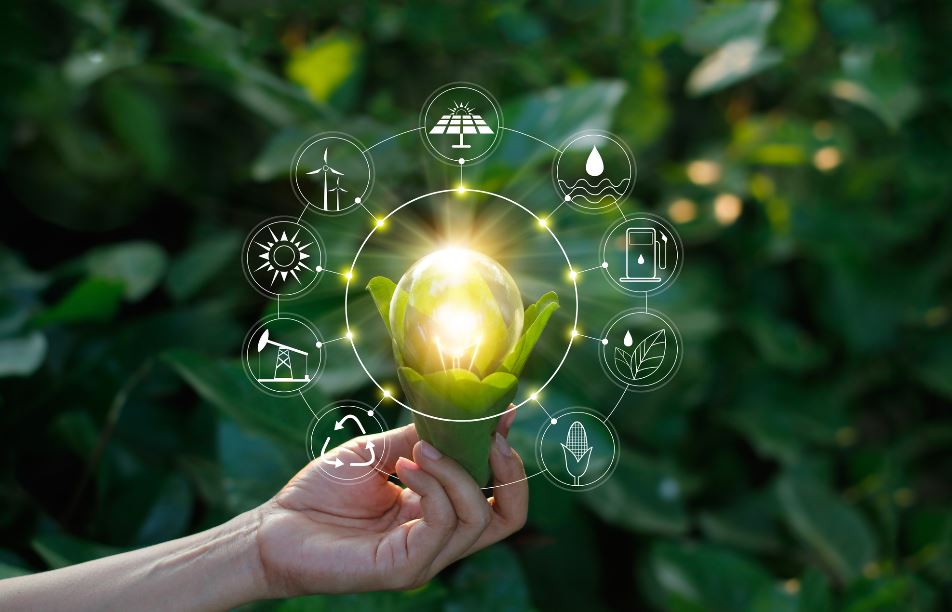Introduction
An instant hot water dispenser or boiling water tap is an appliance that dispenses water at about 94 °C (201 °F)(near-boiling). There are hot-only and hot and cool water models, and the water may be filtered as well as heated. Instant hot water dispensers became popular in the 1970s. Instant hot water dispensers are very similar to portable shower devices; the latter is fitted with a heating element and quickly heats up water, once a switch has been activated.
Operation
Most types have a small thermally-insulated tank with a heater which keeps the water in the tank hot.When the handle is pressed, cool tap water flows into the tank and displaces the near-boiling water, which flows out of the spout. On releasing the handle the valve closes and hot water stops flowing. The cool water is then heated to up to about 94 °C (201 °F) ready for use however the Quooker PRO-VAQ water tank heats the water to 110 °C (230 °F)meaning the water flows out of the spout at 100 °C (212 °F). Some tanks feature a 750 W heater that delivers up to 60 cups of water per hour at a temperature set by a dial. Some models are equipped with a filtration system to remove contaminants, and can dispense hot or cool filtered water. Advanced filtration systems can reduce chlorinetaste, odor, sediment, toxic chemicals, heavy metals such as lead, and dangerous minerals. They also remove sometimes dangerous parasites and protozoa such as cryptosporidium, although the high temperature prevents them from being a hazard in the hot water.
Energy Efficiency
An instant hot water dispenser which keeps water hot in a tank uses the energy needed to heat the water to the required temperature, and wastes the energy needed to keep the water hot permanently in a thermally-insulated tank when not being used. An instant heater without a tank does not waste significant energy.
In many cases the alternative is to heat water in, say, akettle. If only the amount of water needed is heated, energy usage is less: the same energy is used for heating [needs clarification: only true if the kettle and the dispenser have the same thermal transfer, which is very unlikely], but none for keeping hot. If more water than needed is boiled in a kettle, energy is wasted in heating the unwanted water, which then cools.

